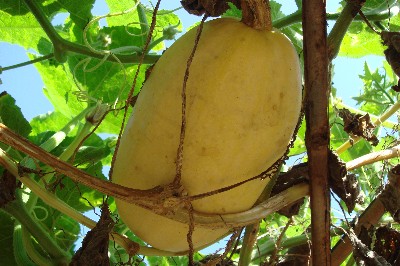What are the cultivation methods for high yield of konjac?
The high-yield cultivation techniques of konjac are as follows: 1. High-yield varieties are selected. at present, the two most cultivated varieties in China are flower konjac and white konjac. Amorphophallus konjac has a wide range of adaptability and can be cultivated from Shaanxi, Ningxia to Jiangnan. It is the main cultivated variety in China. The seed consumption per mu is 750kg ~ 1000 kg. Under the condition of better water and fertilizer, it is easy to get high yield. The quality of white konjac is better, but the yield is low. 2. Seed treatment ① seed selection: the improved varieties of konjac require shallow ports and small holes, and the shape of the whole konjac is like a mortar. ② sprouting: 15 to 20 days before sowing, the taro is placed in a greenhouse or sunny bed, and the bed is covered with wet sand. After the taro seed is discharged, it is covered with a layer of wet sand, so that no more than three layers of taro seeds can be placed. The temperature is kept at 20 ℃ ~ 25 ℃ in the first 10 days, and 15 ℃ in the last 10 days, and the humidity is kept at 75%. Special attention should be paid to preventing the dry shrinkage of taro seeds. 3. Planting ① and applying sufficient basic fertilizer: konjac likes soil rich in organic matter, soil pH6-7, that is, neutral slightly acidic sandy loam is better; more rotten organic fertilizer is beneficial to improve soil physical and chemical properties and regulate soil pH to the ideal value. Therefore, more than 2500 kg of organic fertilizer is needed per mu, and the total level of fertilization reaches 30 kg of pure nitrogen, 20 kg of phosphorus and 20 kg of potassium, and the amount of base fertilizer is about 50% of the total. ② planting specifications: planting in the whole border or digging holes, row spacing 0.5m ~ 0.6m, plant spacing 0.3m ~ 0.5m, specific situation depends on the size of taro species, large species sparse planting, small species close planting. The general principle is that proper close planting is beneficial to high yield, and the depth is that the upper part of the tuber is 3 cm ~ 6 cm below the soil surface. 4. Field management ① mulching: the root of konjac is concentrated on the surface of the soil, so it is not suitable to plough and loosen the soil. In order to prevent the occurrence of soil hardening and drought, the border should be covered with grass after sowing, and if there are still weeds in the field after grass mulching, they should be pulled out in time. When planting konjac in low-altitude plains, we should not only cover grass, but also plant shading plants in the field or build a certain light-transparent shade. ② topdressing: topdressing is mainly neutral fertilizer, which can be applied twice in the whole growth period of konjac: the first topdressing is in mid-June, the amount of fertilizer applied is 30% of the total; the second topdressing is in mid-August, accounting for 20% of the total.
Related
- A course of planting techniques and methods on how to grow carrots
- How to plant the latest tulips?
- Is it better to pick tea in the morning or in the afternoon? When is the best time for tea to be picked? what is the third or fifth tea?
- Launch Yuanxiao Happy combination Haocha + Tea Yuan healthy Taste
- Penghu Tourism "Fireworks 20 Parade with You"
- 2022 West Lake Happiness holds "Digital Revitalization Voucher" and draws iphone13 and laptop.
- Banqiao Fuzhou social houses are designed to change start-up combined with police elimination to create a safe and livable environment
- The convenient measure of "mechanical weeding" in Xinbei has been abused and the Agriculture Bureau has imposed heavy penalties on the illegal land consolidation.
- Changgeng University Joins Hands with Four Memory Factories to Rescue Memory Talent Shortage
- The list of Taiwan's top 100 MVP managers is listed by the Director-General of the Farmers' Association of Sanxia District.



